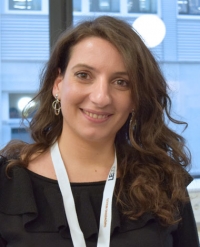
"I have been using a GC-TOFMS Pegasus BT since January 2018 for Metabolomics projects. I have mainly analysed murine tissues extracts, and, I'm very happy about its robustness and high sensitivity."

 LECO
Улучшение результатов
LECO
Улучшение результатов

"I have been using a GC-TOFMS Pegasus BT since January 2018 for Metabolomics projects. I have mainly analysed murine tissues extracts, and, I'm very happy about its robustness and high sensitivity."
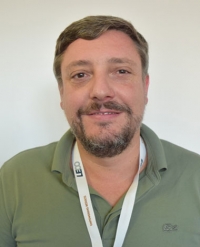
"I use a LECO mass spectrometer for plant metabolomics ; it is an efficient machine with a very low detection limit and the Chromatof deconvolution algorithm allows to find hundreds of compounds in complex extracts."
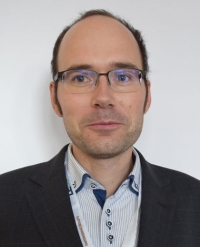
"I have been working with LECO instruments for approx. ten years. I worked with the PEGASUS® 4D, TruTOF, GC-HRT and, for few days in Berlin, with the Pegasus BT and BT 4D – I really enjoyed that. There are several reasons why I like working with the devices and why I would not consider using other GC-MS insturments.
LECO instruments are reliable and robust with well working peak find and mass spectral deconvolution algorithms. In principle, LECO instruments are allowing both target and non target analysis which can be performed in one run, with nice sensitivity. Data processing is easy and everything is done in one SW – no need to use complicated combinations of SWs. LECO has an excellent customers support""Following years of service from the old LECO PEGASUS® 4D TOF GC-MS, we upgraded to a new LECO Pegasus BT4D TOF GC-MS. The decision was made due to the exceptional separating power afforded by thecryogenic modulation and the durability of the LECO StayClean® sourcetechnology which has been carried into the updated system. The combination of the two open up a wide variety of analyses to us whichenable use of this instrument in many aspects of our research."
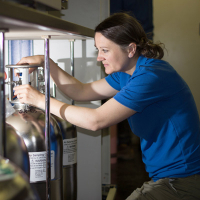
"We send instruments into the harshest of environments and run very demanding samples on them. Bearing this in mind, our decision to upgrade the GC-MS at our remote Cape-Verde site to the new LECO PEGASUS® BT was driven by the promise of the StayClean® source. This minimizes down time and eliminates operations which are difficult to carry out when working with remote systems. The increased sensitivity of theinstrument enables us to take smaller sample volumes which again assists with easing the burden placedon the analytical machine. Finally! the upgrade from quadrupole to time of flight mass spec will enable us to keep historical datasets which can be interrogated for any compounds which prove interesting in the future."
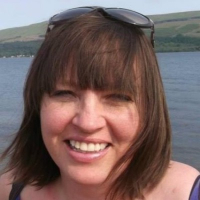
"In 2013, I became responsible for overseeing the department’s analytical suite which included a LECO PEGASUS® 4D GC×GC TOF MS as our flagshipinstrument. I had no experience in gas chromatography and found even a standard GCMS daunting. Over the past years, I received extensive support from LECO. Especially withsupport from LECO UK the instrument is still running strong a decade after purchase. I anticipate it will go for another decade and then some."

"I believe this technology and methodology will profoundly change water analysis realising major benefits for both laboratories and their customers."
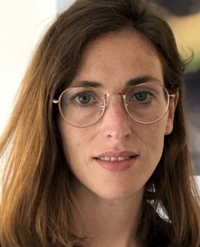
"We at SGS MOSH/MOAH group are using the GC × GC-TOFMS from LECO to separate the highly complex fractions of MOSH/MOAH contaminates in food. When you want to identify special patterns of contamination species amongst other analytics (e. g carotenoids) you need a high separation power in combination with a fast screening MS. This is provided by the LECO TOF. Actually we have a new project together with LECO and another company to quantify MOSH/MOAH fractions. The complexity of the instrumentation is high, but with the support of the application team from LECO we reach our goals."
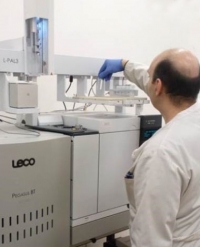
"Initially we had some fears about whether the option of the time of flight detector would be the best for our laboratory, since we have no other system of this kind installed. However, at the end of 6 months of operation with the GC-TOFMS system, it was widely recognized internally that we made the right choice. An easy-to-operate system with high sensitivity, reproducibility and severalanalysis options for a large universe of analytes, and in the most varied matrices increases the versatility of laboratory operation as well as the possibility of responding to the most demanding customer requests."
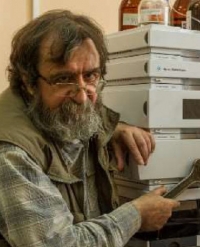
"Our virtual metabolomics research center has six GC-MS instruments, and the LECO PEGASUS® 4D is the crown jewel of our science park. The results of GC-MS profiling performed using GC×GC technologies has madea strong impression on users and has seriously improved the quality of ourpublications. The fast-scanning capabilities of the TOF-analyzer effectively augment the dataobtained on the ordinary quadrupole, especially when working with the most complexmatrices which are most often the subject of metabolomics analysis. The reliability of the device is especially deserving of praise. The equipment can withstand a very demanding load with constant, round-the-clock operation."
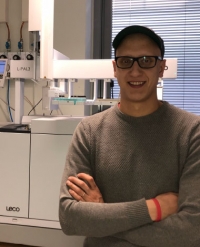
"With the Pegasus BT 4D performing untargeted analysis today is very easy, thanks to the high sensitivity of the instrument, we are able to mine and analyze any type of sample! A combination of very good sensitivity, quality to price ratio and high flexibility make the Pegasus BT 4D system perfect for analysis of every sample"

University of Naples, Italy
"Pegasus BT is the perfect choice for identifying well-known metabolites at low concentration level in our sample, and also discovering new compounds. The most surprising advantage of the BT system is the ion source robustness! We usually work with dirty and complex samples, but we have never observed drop of sensitivity during our analyses.This reduces the time and cost of our analyses!"
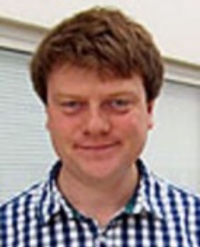
"We use the LECO Pegasus BT instrument for the quantification of small polar metabolites. We developed a hybrid method where we quantitate 51 metabolites with standard curves and screen for any other small polar metabolites in a wide range of biological samples. This assay has a great dynamic range thanks to the sensitivity of the BT. The StayClean® ion source allows us to run hundreds of samples in a batch and be confident that the ion source will remain clean even with dirty samples such as plasma."
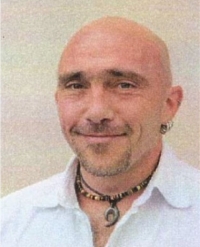
"Compared to GC equipped with a single column, the Pegasus 4D enabled me to separate unbelievable number of analytes! Tens of thousands of separated peaks in one run was not an exception. But where the separation was not perfect, ChromaTOF software and its deconvolution algorithm did the job. Such excellent ‘separating power’ helped me discover new types of plant PCB metabolites."

"This combination of ultrahigh chromatographic separation with high mass resolution might be still unique for a commercial available end user system."